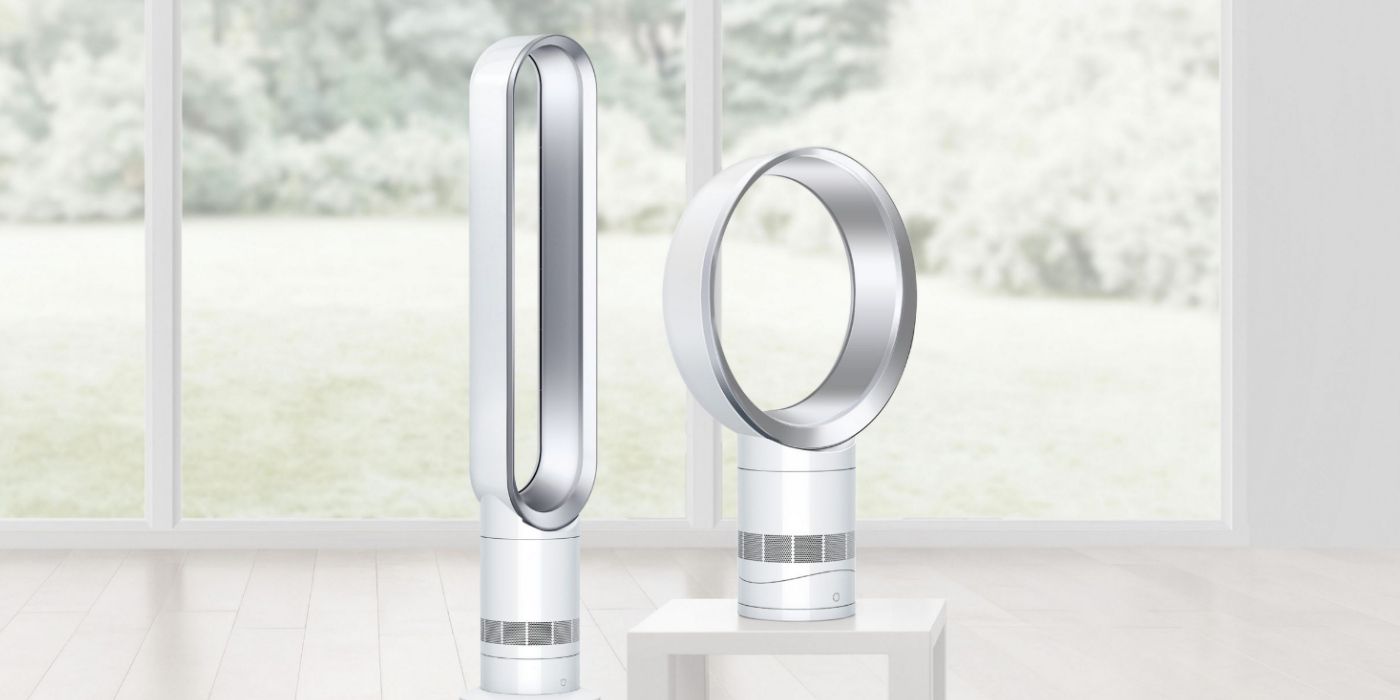Dyson has had a line of hard-to-ignore, futuristic-looking fans for exorbitant prices for a few years now, but are these stylish home appliances worth the money? Would a "normal" person be better off spending less than 10% of the price on a standard tower or box fan that might do the same job, but with fewer bells and whistles?
Dyson mostly established itself in the home appliance game as a vacuum manufacturer. The Dyson Ball line of vacuum cleaners is considered to be as useful as they are iconic. These things leverage some remarkable innovations in the application of physics to suck dirt off the floor. The company famously employed dozens of engineers to spend multiple years developing a system that creates literal cyclones inside the vacuum, using centrifugal force for exceptional cleaning performance. If it sounds like overkill, that's because it is. Dyson appliances are known for being great at what they do, but having a price to match that performance.
Given that they already had the technology (and engineers) to master airflow in one direction, it only made sense for Dyson to explore the world of fans. Dyson's air treatment line includes the iconic "Pure Cool" line of bladeless fans, claiming to "purify and cool" an entire room. On Dyson's website, the cheapest model goes for $399, while the most expensive fetches $649, and we're just talking about the basic fans. The site also sells fans that double as heaters or humidifiers, approaching the $900 price point. Some units, like the Pure Cool Cryptonic, feature an LCD screen with a readout of how well it's reducing air pollutants, and a fancy smartphone app that can control its settings. So again, they're overkill. When it comes to blowing air at you, they're not worth the money.
It's really as straightforward as it sounds. Dyson's fans are cool (no pun intended) but they still simply circulate air. A $25 fan from any store's home appliance section will do just as great a job. The concept of them being bladeless could be construed as being a safer option for people worried about small children sticking their hands in fan blades, but that's the only advantage the design serves beyond aesthetic benefits. They're also still noisy since the air circulation is powered by a motor at the base of the fan. The clean look doesn't mean they're silent. Furthermore, the models that serve as heaters and humidifiers have the same performance as equivalent machines, as well.
A person could easily purchase a fan, a heater, and a humidifier together for less than the price of a single Dyson fan. The way they work, using inducement and entrainment by pulling air through a low-pressure zone in the center of the giant circle, is novel and interesting. However, that doesn't change the fact that they can easily be replaced with a normal fan... one that would really be less awesome looking.
Source: Dyson

